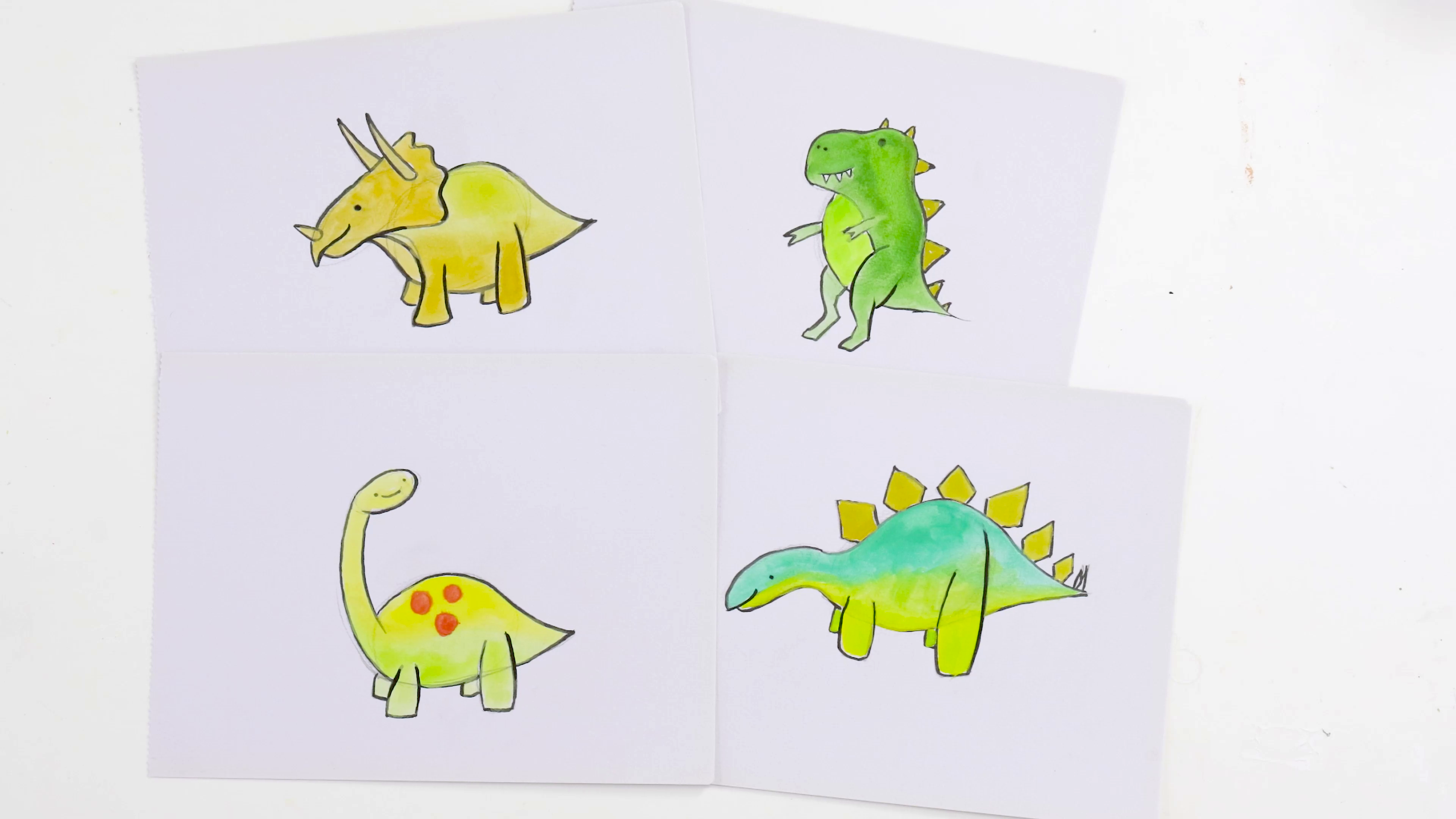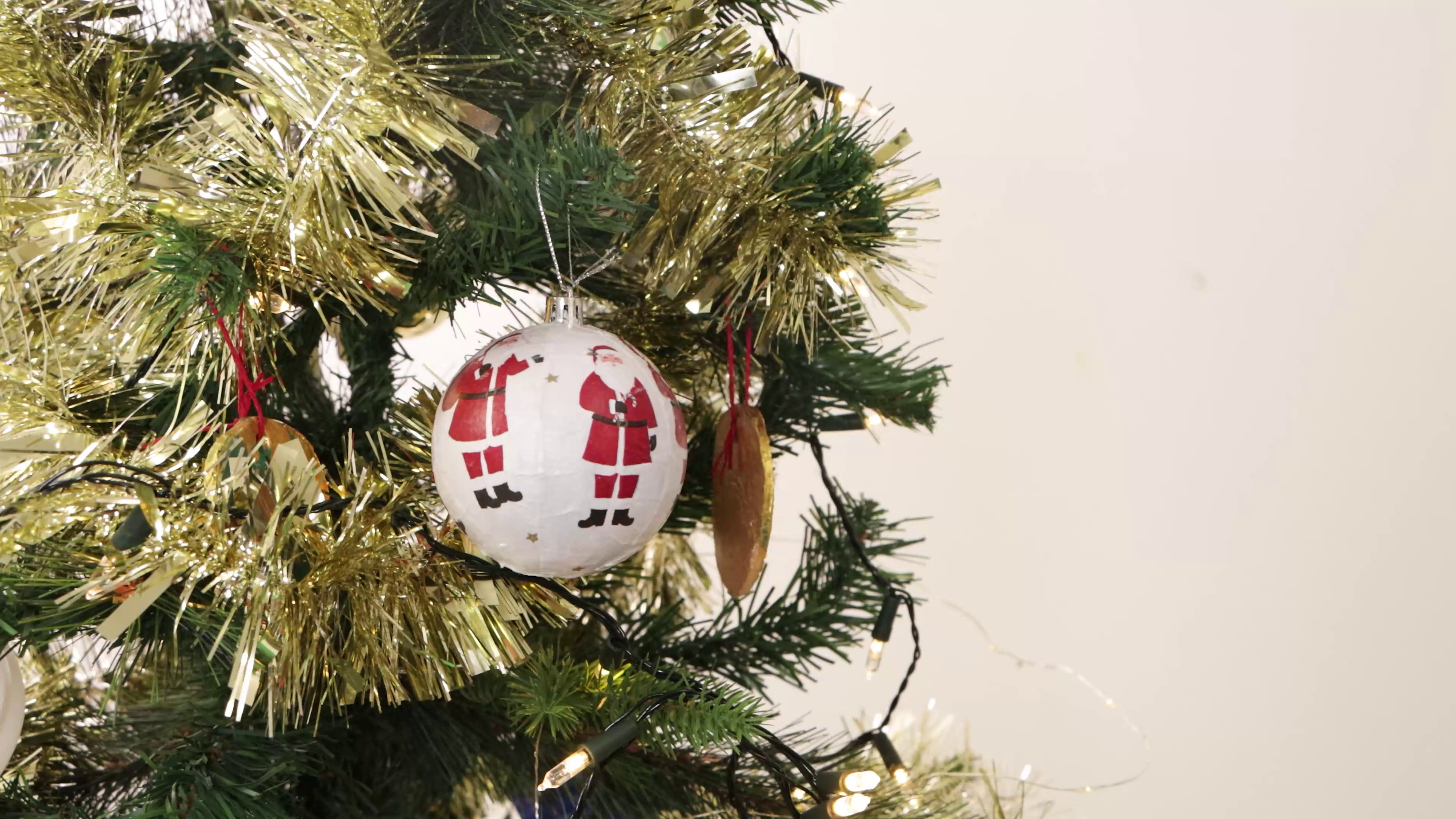Create a realistic rose oil painting
Create your very own white rose artwork using oil paints! In this tutorial we show you how to use grisaille underpainting with beautiful transparent glazes on top. Download the PDF and material list below.
Step 1. Transferring the image.
On page 8 there is an accurate outline of the rose that you can refer to for this step. Use an HB pencil and transfer the rose as accurately as you can. Lay the large petals in first and move in towards the centre. When you draw in each petal you’ll find it will provide location points for the adjacent petals. Make sure you put in every petal and understand where the position of each petal relates to the petals around it.
It’s also a good idea to lay in any shadow areas at this stage. Although this is not compulsory it reminds you where to lay in dark tone when it comes to the grisaille stage.
Step 2. Tinting the canvas.
Squeeze out some Satin Series Acrylic Raw Umber and Burnt Sienna. Use a large brush and paint this mix in around the rose into the background. Let this dry and then paint a thinner coat over the entire canvas including the rose. Let this dry before commencing the next step.
Step 3. Watch the video
A grisaille, also called a dead underlayer, is a tonal under painting created from Black and White. Painting this grisaille of the rose is the most challenging part of the project and does take some practice to get right, but with trial and error and careful observation a good result can be achieved. It is recommended to closely watch the accompanying video for this step.
Step 4. Creating the grisaille.
Pour out some Thickened Linseed Medium into a twin dipper. Next squeeze out some Titanium White and Mars Black onto an easy clean palette. From here we need to create 6 steps of tone moving from the White to black as illustrated in the first image on this page. This can be done by mixing quantities of the Black into the White, increasing the amount the further up the steps as you move to the Black. The step before the Black only has a touch of Titanium Whiite mixed into it.
Now we have our medium laid out and our 8 tones mixed we can start the grisaille.
The best process to follow is to break the flower into sections and/or petals. The rule of thumb is to start with the darks first then work up to the lights. Keep the applications of paint as thin as you can. Once all of the tones are in on the section you are working on, you can blend them together with a clean dry brush. Work from section to section but don't move on to a new section until the previous one has been completed.
The core of the rose is quite tightly packed with petals and will be in more shadow. As you move to the edge of the flower the petals will become lighter in tone. In this case it is better to lay in the lighter tones and add the darker tone into this. Mars Black has very strong tinting power, so add the black sparingly. When adding a dark tone into a lighter tone it’s a good idea to wipe the excess paint off your brush onto a rag, and use the remnants on the brush to slowly add tone to the lighter colour.
When you have added tone over a petal you can use a clean soft brush to blend all of the tones so they all transition smoothly.
Once the grisaille on the flower is complete, create a mix of Mars Black and Thickened Linseed Oil in equal proportions and paint in around the flower. ,
Step 5 . Adding the droplets.
Adding details to a painting can improve a work greatly and add much interest. In this project we add water droplets in areas. You can add as many as you like.
The steps are as follows:
1) Draw the position of each droplet onto the flower with a fine tip marker
2) Paint in the perimeter of each droplet with a light grey line. Paint the grey at the front of the droplet and behind the droplet to suggest a shadow.
3) Darken the area at the front of the droplet.
4) Add Titanium White into the rear of the droplet and blend the white into dark grey at the front of the droplet.
5) Lay some white into the shadow directly behind the droplet. (This will suggest light travelling through the droplet).
6) Lay a thin line of white onto the front of the droplet to suggest a highlight. If the droplet is in shadow it will reflect dark tone and will be much darker.
Step 6. Adding the glazing.
Squeeze out some Yellow and Red Ochre, some Ultramarine and some Sap Green. Refer to the Image on page 9 and lay the colour in accordingly.
Dip the brush into the twin dipper, mix it into the chosen colour on the palette and then lay it into the appropriate area. Use a medium taklon filbert as the soft filaments don’t leave bristle marks in the translucent coat.
Once the flower has been fully glazed mix a little medium with Titanium White and lay it into the highlight areas and gently blend it into the glaze.
For the background create a Sap Green and Mars Black mix in equal proportions and reduce it with Refined Linseed Oil medium.
Material List
- Refined Linseed Oil Premium 125ml (4.23oz)
- Thickened Linseed Oil 125ml
- Drawing Set Signature 8pc
- Plastic Brush Washer Signature
- Artist Acrylic Brush Premium Taklon Flat Wide 75mm
- Double Thick Canvas Premium 91.4 x 121.8cm (36 x 48in)



































